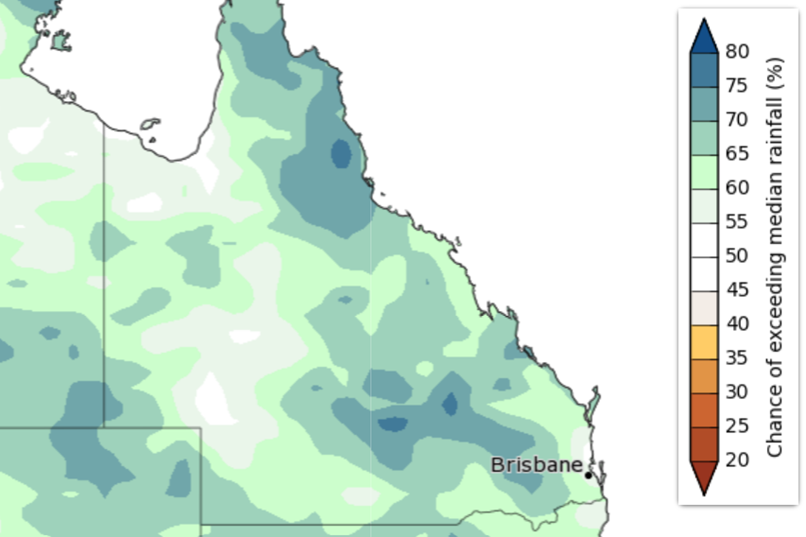Newsletter #11 Date: 17 September 2025
|
|
|
|
The Bureau of Meteorology (BOM) has forecast that rainfall from September to November is likely to be above average across much of eastern Australia.
October is expected to bring the most widespread rain, with many areas in eastern and central Australia facing a higher chance of very heavy rainfall.
Even though more rain is predicted, we’re still in the dry season. That means dust will continue to be a problem on construction sites. This spring, it’s important to be prepared for both dry, dusty conditions and possible heavy rain events.
|
|
|
|

|
Image: BOM Issued 28 August 2025
|
|
Using drones to help protect our waterways
|
|
|
|
Image: Gavin McCall and Rupert Hindley with drone
|
The CMWP Team are now fully licensed to fly drones and have finished testing how they can be used for inspections and water pollution investigations. Drones help us find pollution sources more easily, especially in places that are hard to reach or on large development sites. This technology also makes our work faster and safer, helping to protect both the environment and our staff.
|
|
Is your Site Right? - Managing dust
|
|
|
|
Image: Dust suppressant polymer to stockpiles onsite
|
Spring is here, and with it comes dry, dusty conditions and the chance of heavy rain. It’s important to make sure your construction site is prepared to stop dust, waste, and other materials from leaving the site and causing problems for the community or the environment.
Here are some quick and easy checks to help you stay on top of things:
- Dust suppression (water cart/water trailer): Trafficked unsealed access and haul roads are a major cause of dust. Use a water cart or trailer to spray unsealed roads and paths. This helps stop dust caused by vehicles and machinery.
- Reduced speed limits: The faster vehicles are driven the more dust is produced. Keep speeds under 10 km/h, especially near homes, and put up speed signs on large sites.
- Stockpile protection: Not only does stockpile protection prevent sediment dispersion, it also can save you money and maintain the quality of the material being stockpiled. Cover stockpiles with tarps or geofabric, or stabilise them with mulch, seed, or soil binder—especially before strong winds.
- Vegetation: Wind erosion can be reduced significantly by planting vegetation, reducing the amount of airborne dust. Keep existing vegetation where you can, and consider planting more in bare areas.
- Moving soil: Damp down soil before moving and minimise the lifting height of the loader bucket when transferring soil or rubble. Unload slowly to reduce dust.
- Stable site entry/exit: It is extremely important to maintain a stable site entry and exit. Use sealed tracks, rock pads, or shaker grids to stop sediment from being dragged onto roads or into drains.
- Stabilisation of disturbed areas: Covering disturbed areas is the most effective way to minimise erosion caused by wind. Use of soil binder, jute mesh, geofabric, seeding, hydromulch, mulching, gravel and turfing to help prevent dispersion of both coarse and fine sediment.
- Manage waste properly: Ensure all construction waste is put into on site bins (skip bins, mesh cages, etc.). If using a mesh cage, ensure they are wrapped to prevent small waste items from escaping. Cover the waste bins when not in use, in high winds and at the end of each working day to prevent litter from blowing off site. Empty waste bins when they are at capacity and make sure polystyrene construction products are secured so they don't blow away.
|
|
|
|
Welcome Phillip Cox!
|
|
|
|
Phillip Cox is joining us as our new Construction Management and Waterway Protection Officer.
Phil knows the team well—he’s worked in local government for over 20 years in lots of different roles. He enjoys solving problems, investigating issues, and working with data.
He is looking forward to working in the team and helping us protect our incredible environment, here on the Sunshine Coast.
|
|
|
|
If you would like to share with other colleagues the updates for Construction Management and Waterway Protection. Please forward this email and they can subscribe to the below.
|
|
|

|
|
|
|
|
|
|